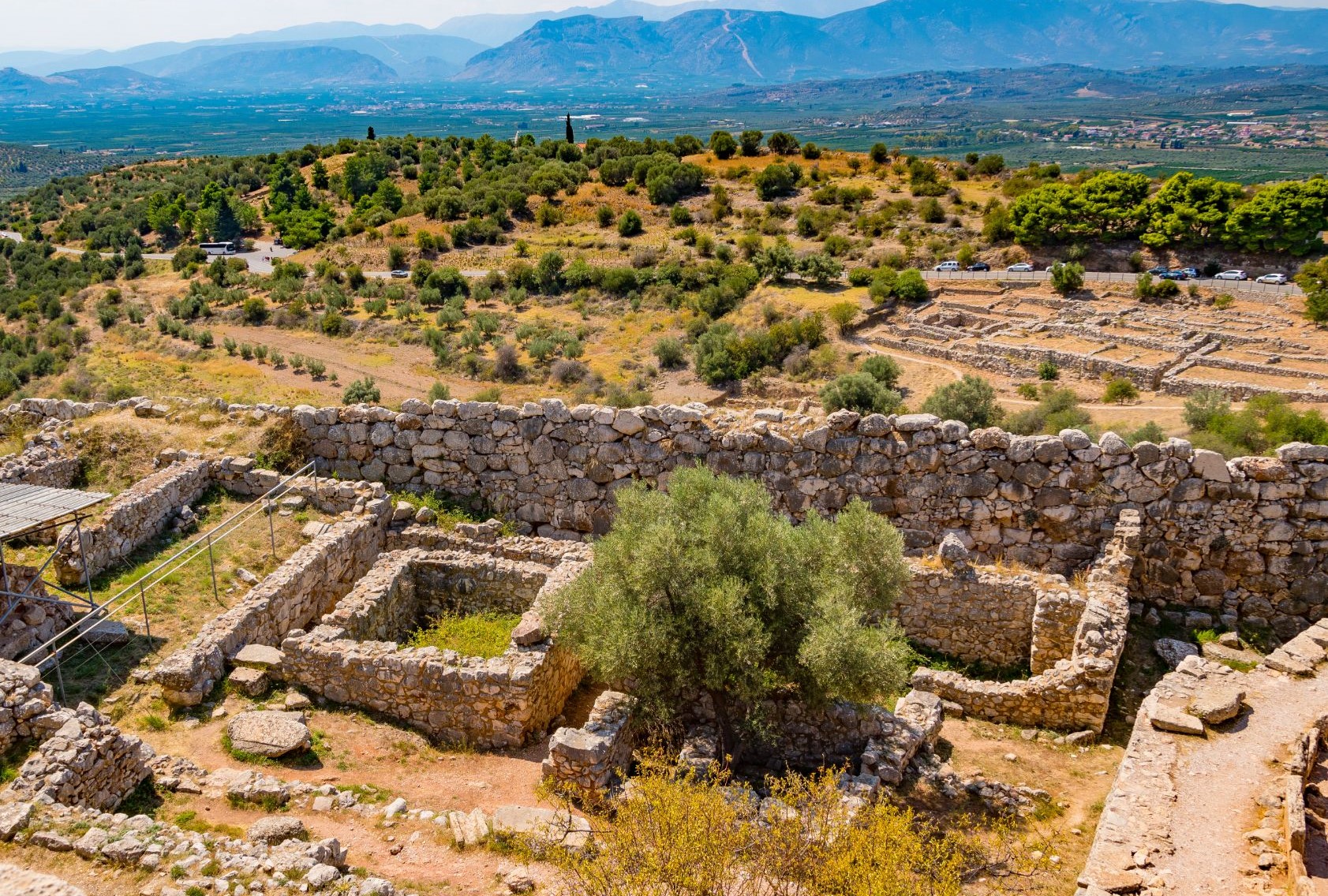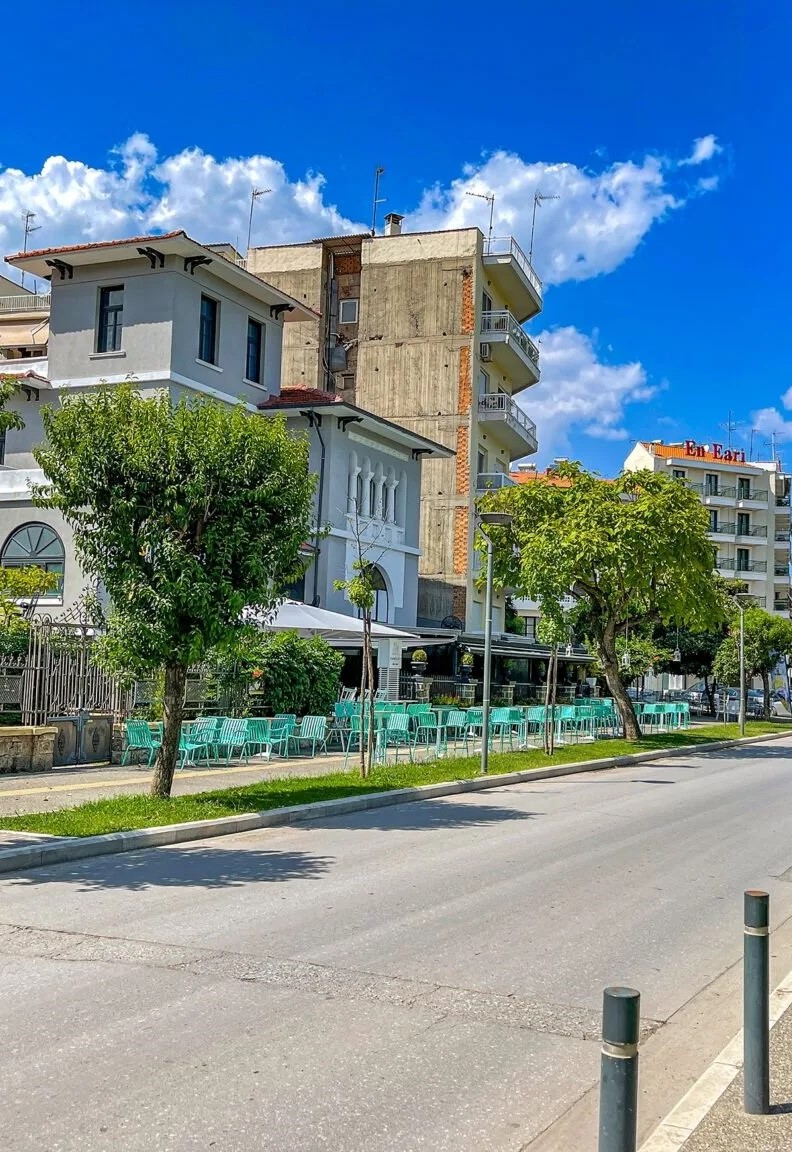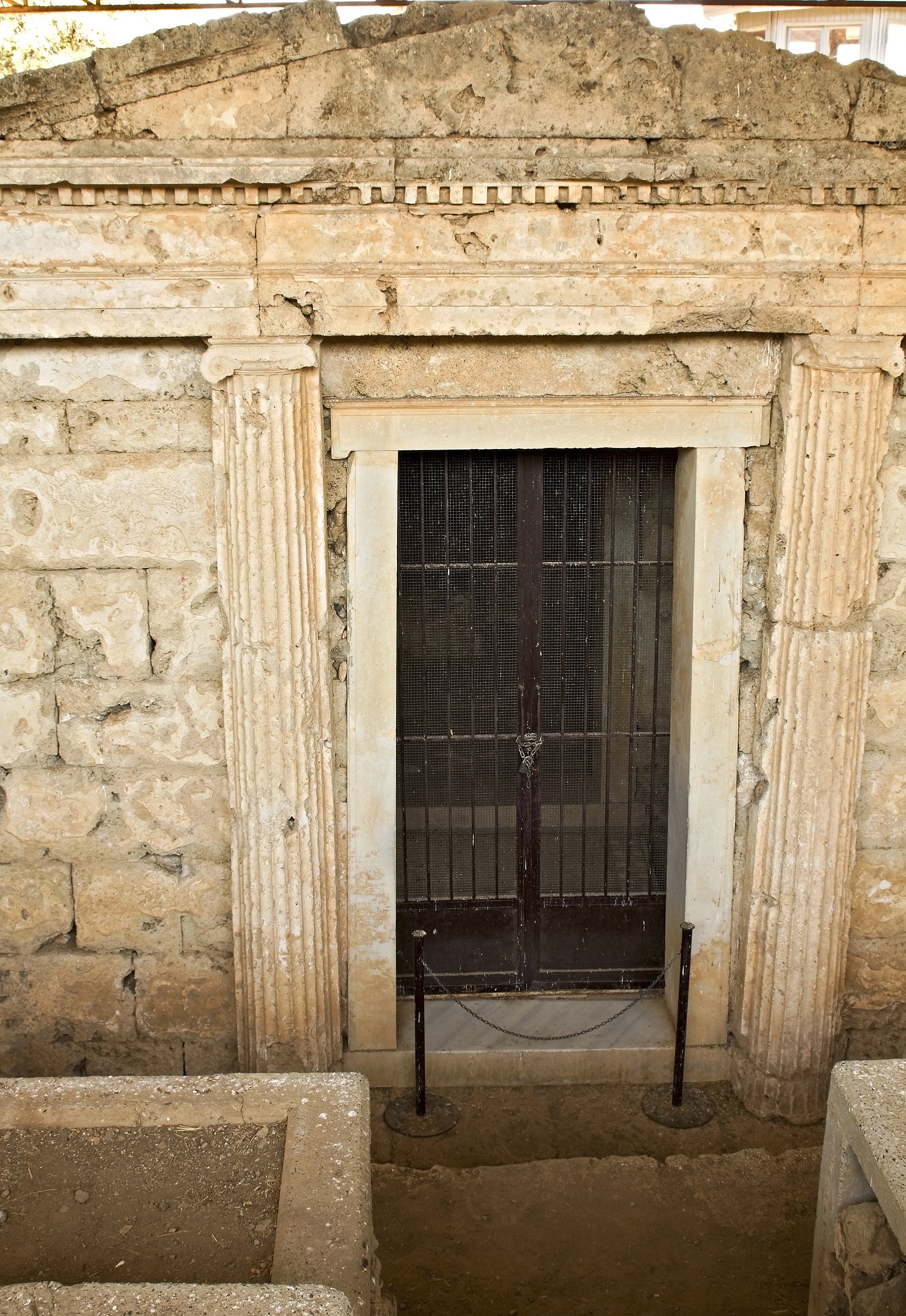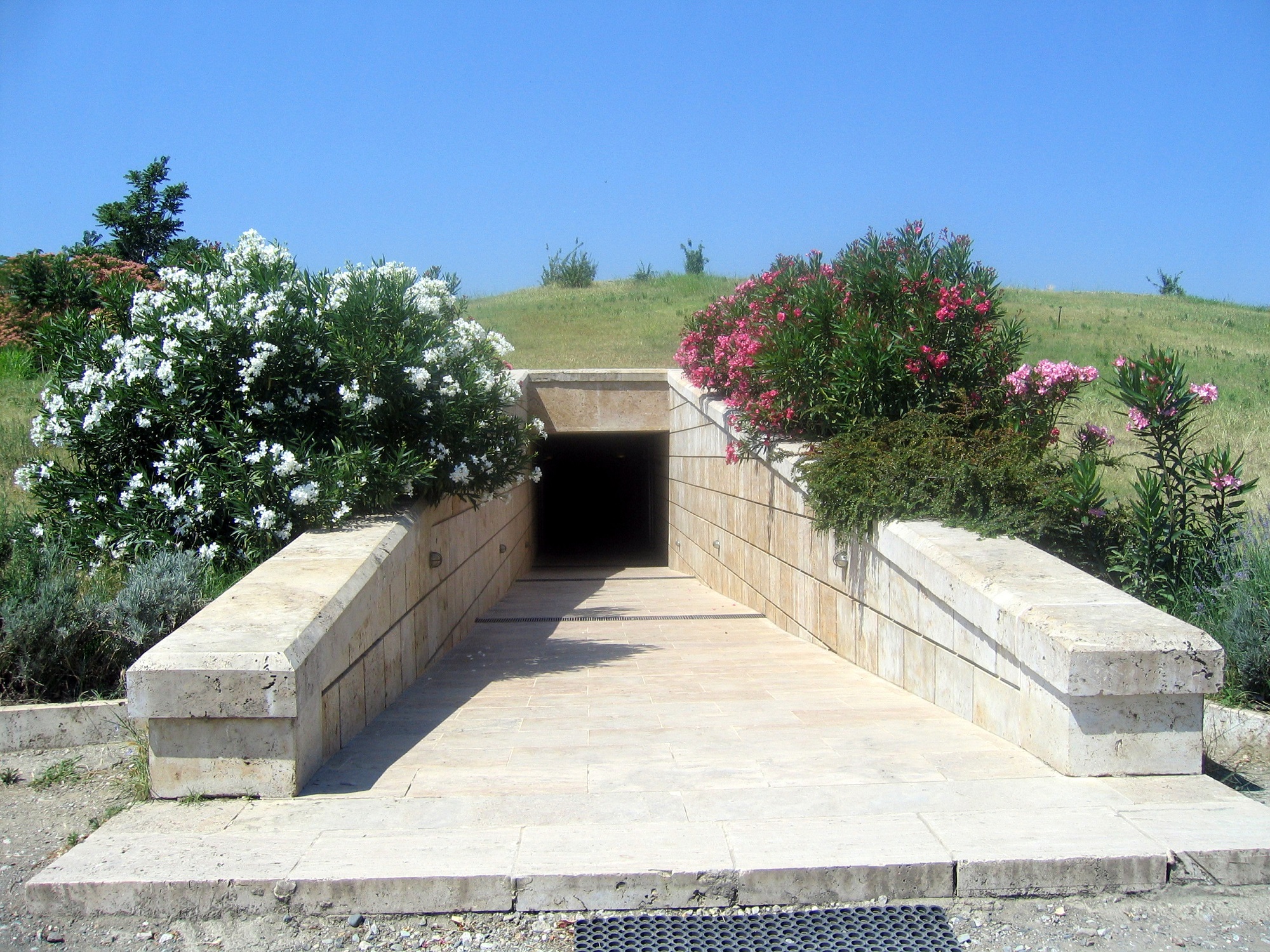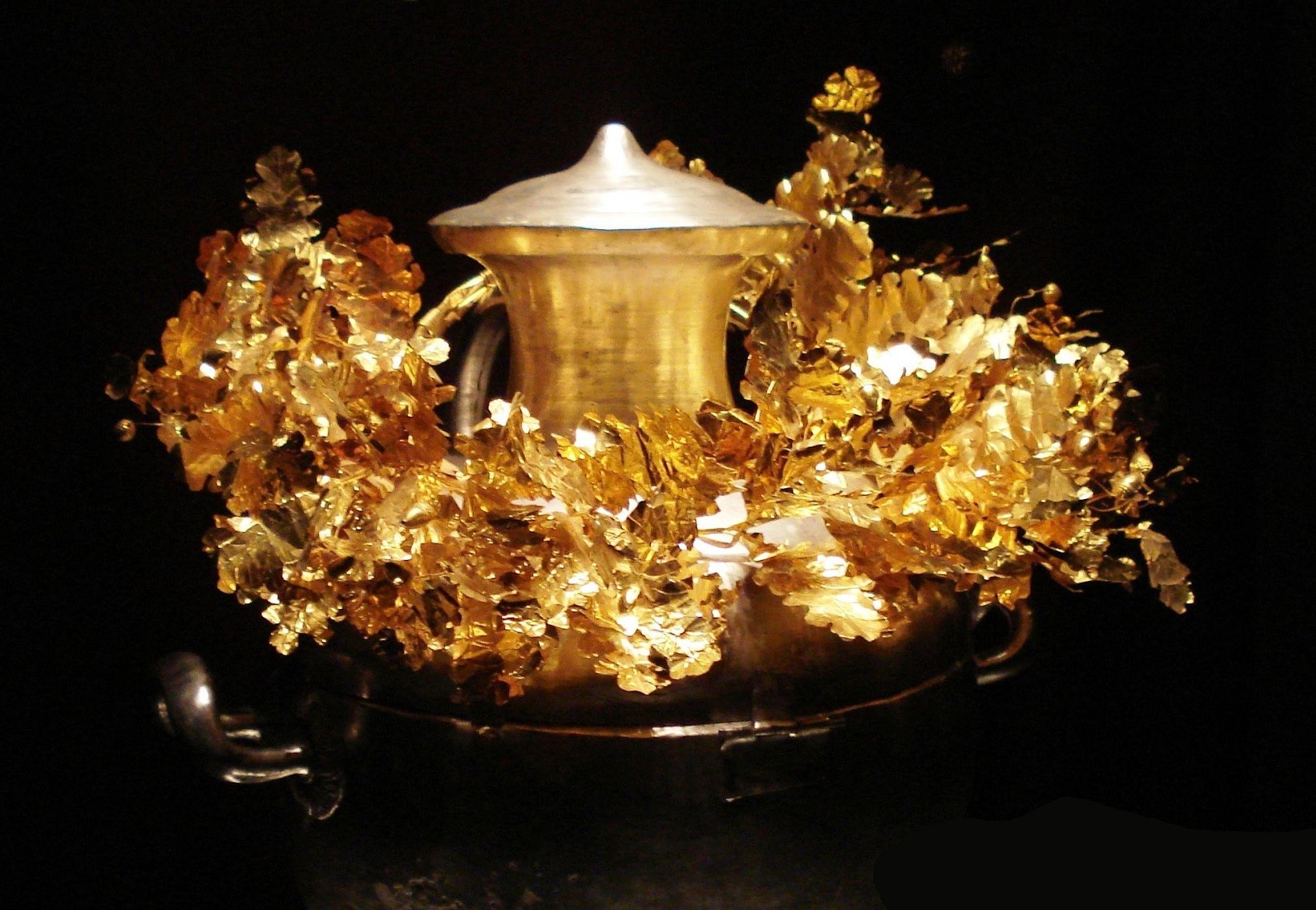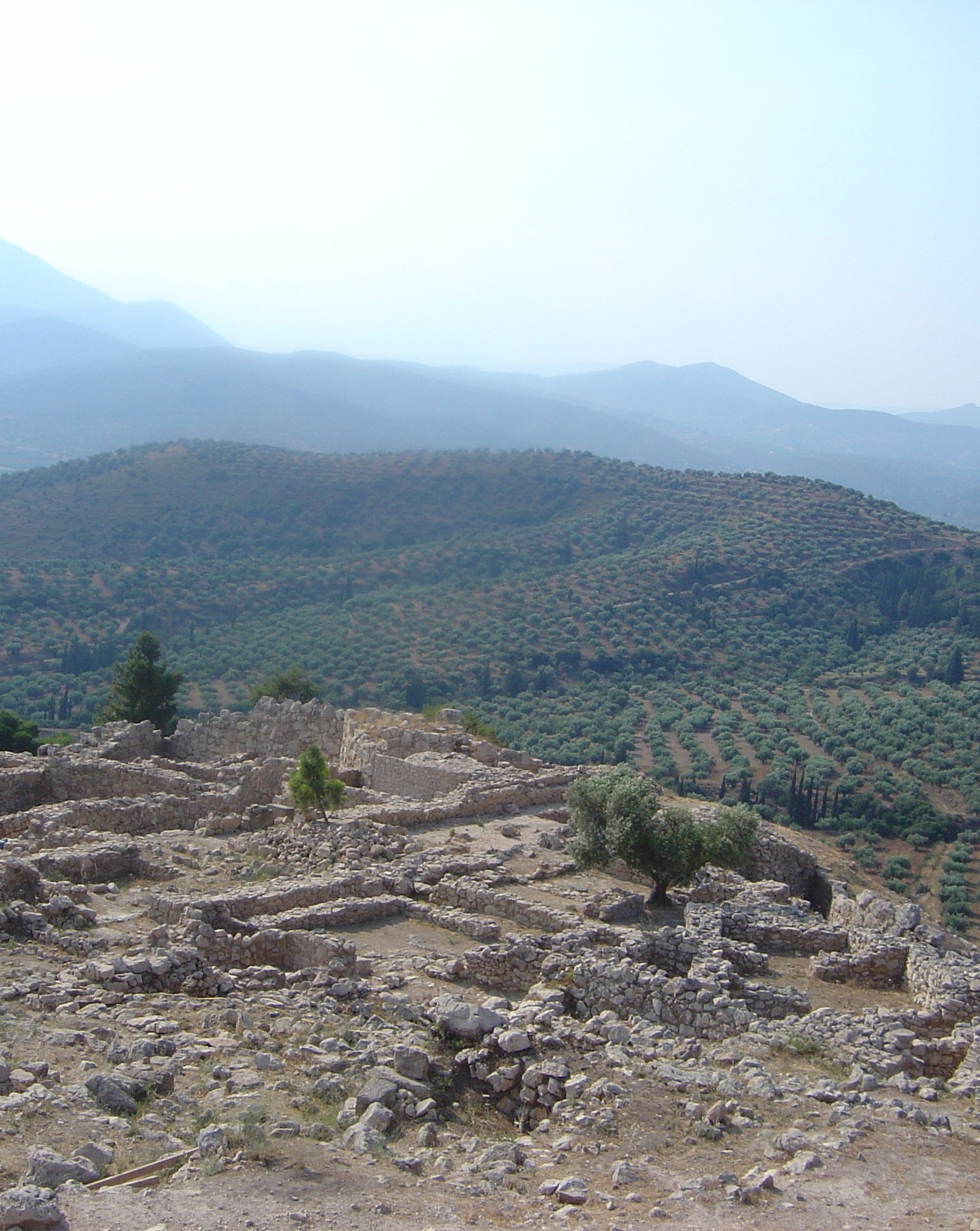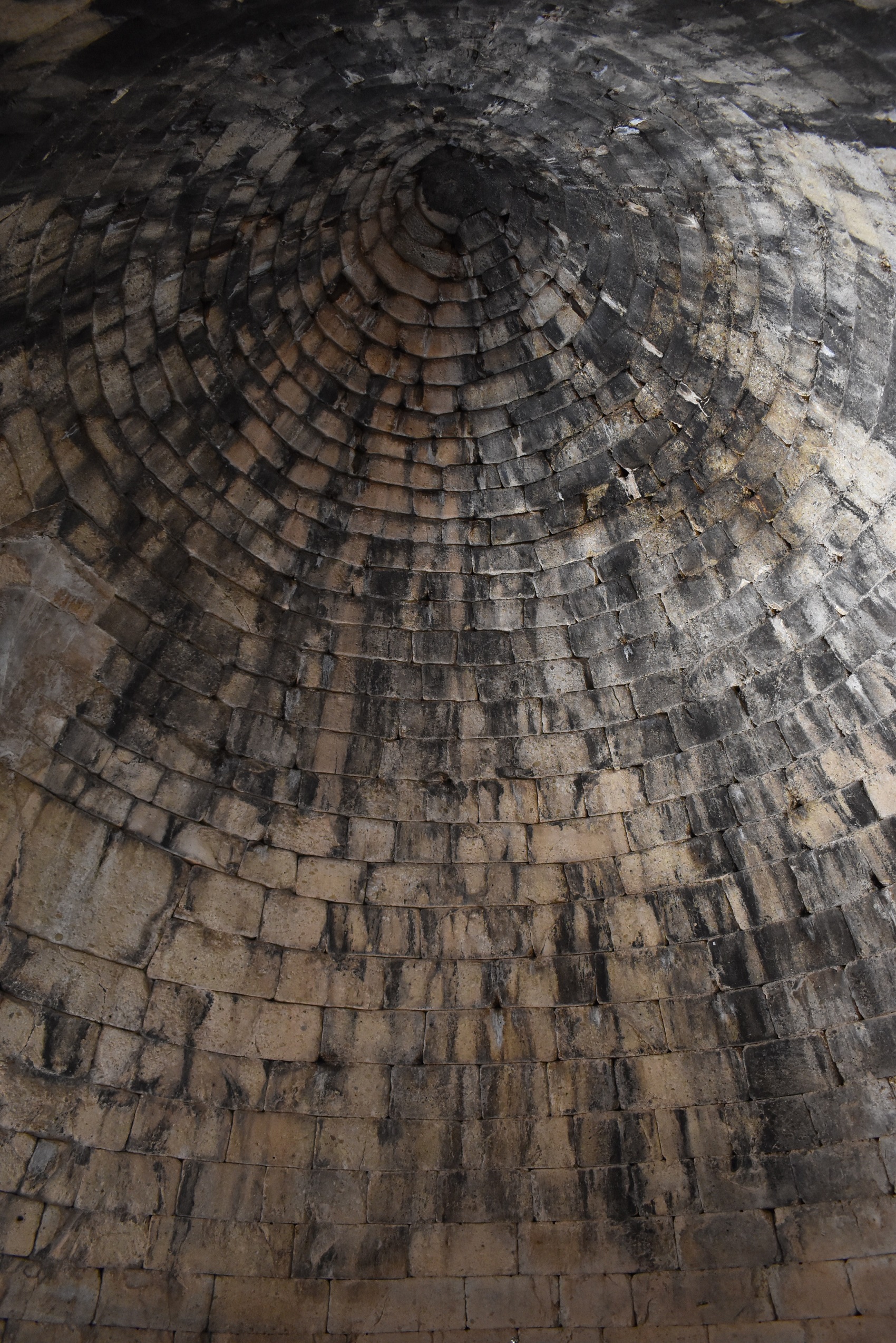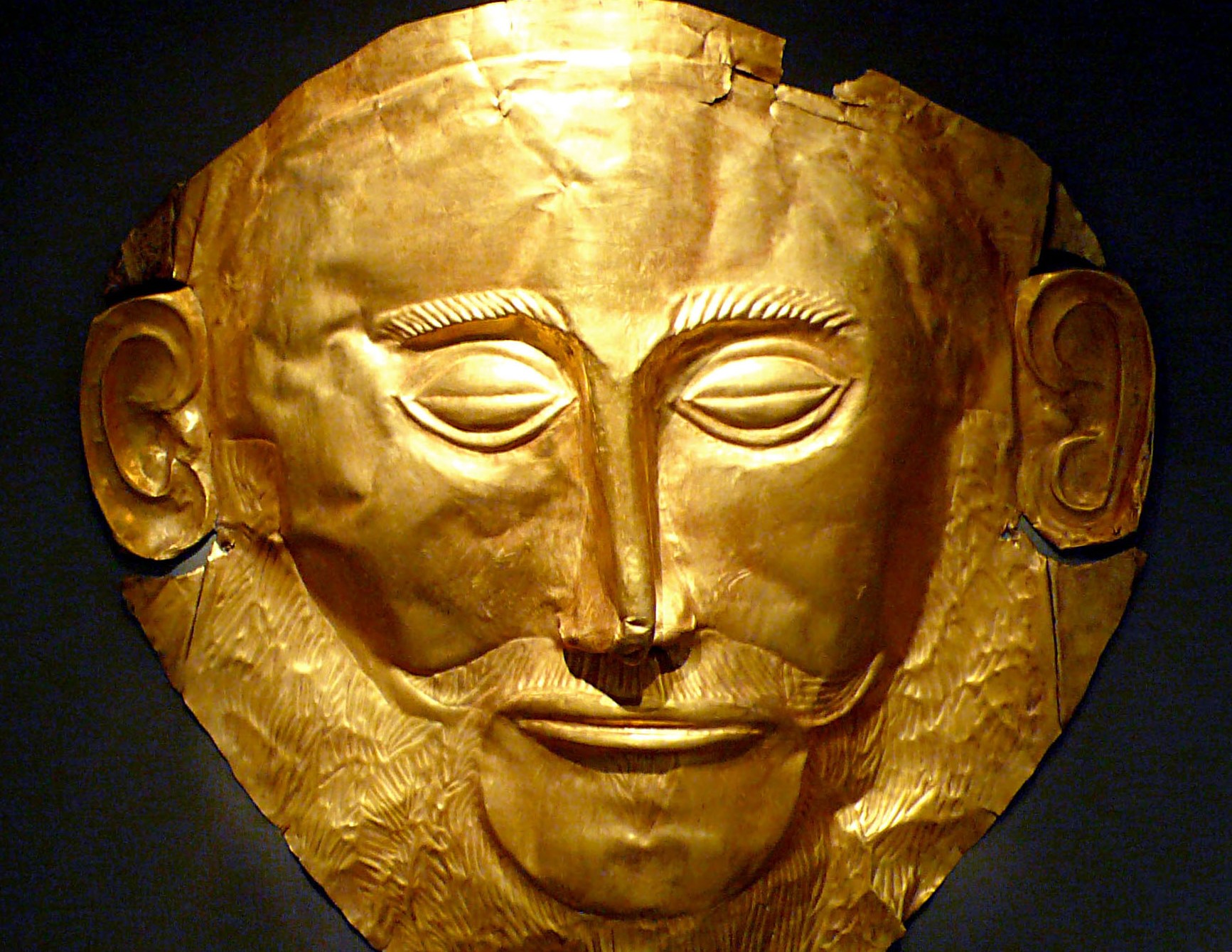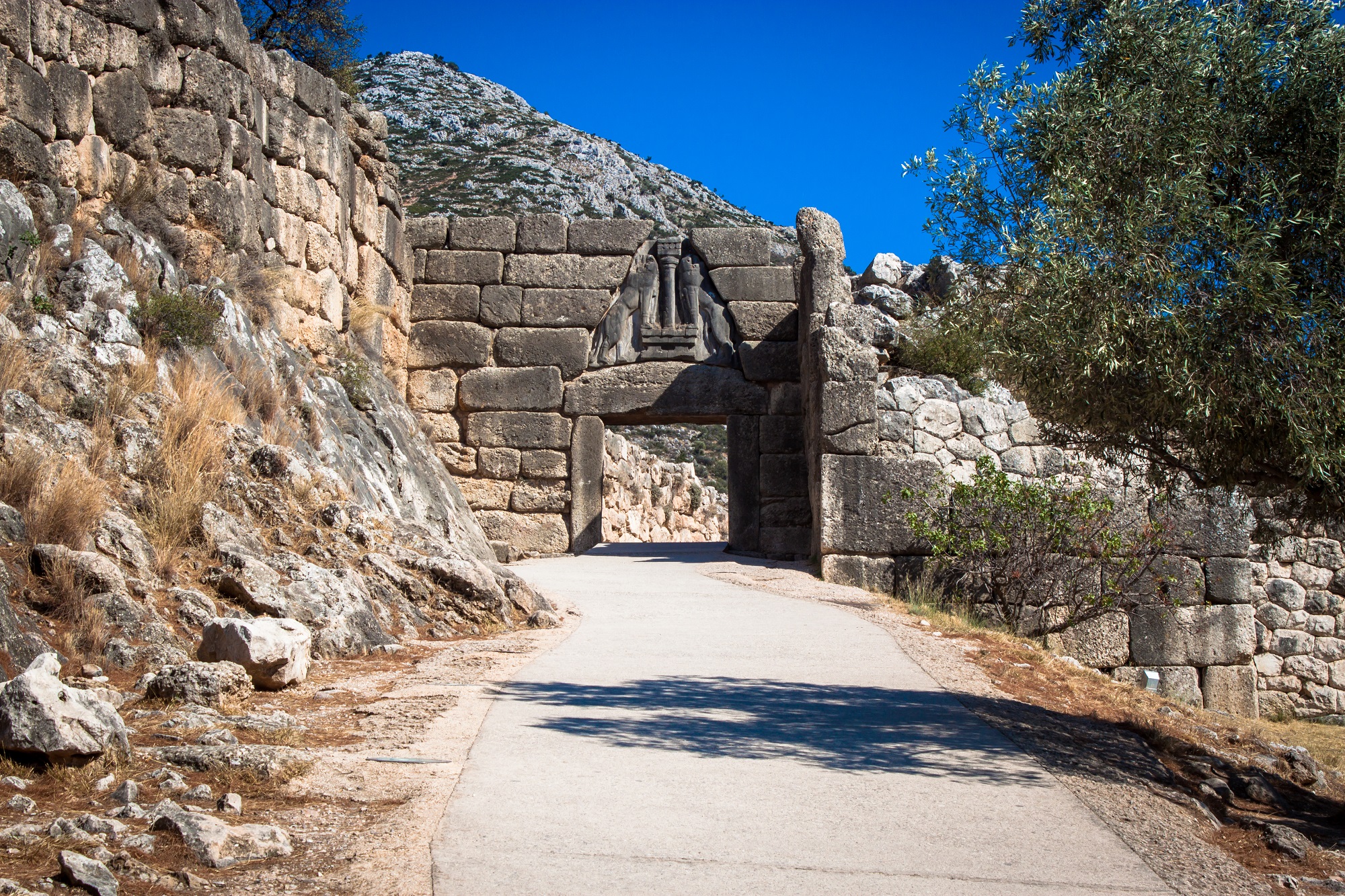Spring is the perfect time to step away from the extremes of tourism and opt for an alternative travel experience. During this season, Greece’s stunning nature comes to life, making it an ideal time to explore the country, while it’s still too cold to dive into the chilly seas. The waning winter, synonymous with mountains, cold, fog, and gloom, is best left behind.
A great option is to combine the blossoming nature of spring with Greece’s unique archaeological sites, planning a visit to either the northern Vergina of the ancient Macedonians or the “golden” Mycenae of Homer in the Peloponnese. If you haven’t visited these sites before, now is the time to decide. Be sure to arrange a guided tour, as it is essential for a proper understanding and organized experience.
Whichever choice you make, you’re guaranteed an incredible journey through the ages.
Vergina of the Ancient Macedonians
Vergina, a small town in Imathia, is located 80 kilometers southeast of Thessaloniki, on the slopes of the Pierian Mountains, just 14 kilometers from Veria and 33 kilometers from Naoussa. Along the way, you’ll pass the dam of the Aliakmonas River. It was here in 1977 that one of the most significant archaeological discoveries of all time took place: the ancient city of Aigai, the first capital of the Kingdom of Macedonia, was unearthed.
The historical importance of the rich findings is beyond words. It’s no coincidence that the site associated with Philip II, Alexander the Great, Euridice, and Olympias was declared a UNESCO World Heritage Site in 1996. Upon visiting Aigai, you’ll be left speechless by the grandeur of the Macedonian dynasty, with its royal tombs, the tumulus cemetery, the palace, the theater, the sanctuary of Eucleia, the acropolis, and the city walls.
Here lived and died King Philip II of Macedonia from 382 to 336 BC, and it was here that his son, Alexander the Great, was crowned king just before he began building his legendary empire. One thing is for sure, that the emotion cannot be described when one reaches the untouched tomb of Philip. You realize that neither Manolis Andronikos, who discovered it, nor Angeliki Kottaridi – this great woman who devoted her life to the service of Macedonian archaeology – expected something like this. Together with Mycenae, Troy, and the Valley of the Kings in Egypt, it is one of the largest burial sites in the world where untouched and intact tombs have been discovered.
The funeral of Philip II in 336 BC was one of the most luxurious of the ancient period, so his burial chamber could not be simple: it resembles a palace and a temple, with columns and an antechamber. The bed was made of gold and ivory, while the portraits of the king and his son Alexander, who are depicted in a hunting scene, are stunning. Here are also the tombs of the queens, including one of Alexander’s wives, who was buried with more than 20 small statues. It is also believed that the burial mound of Philip II’s daughter and his mother, Eurydice, is here.
Like any great ancient site, Aigai had its own theater. Here, of course, is the place where Philip was assassinated by a bodyguard while celebrating his daughter’s wedding. This murder would bring Alexander to power, making him write the epic of the famous Greek empire, which reached as far as the Indus Valley and North Africa.
The grandeur of Aigai is also evident from the ruins of the huge palace built during Philip’s reign, on a hill that dominates the area. The new Polycentric Museum of Aigai was inaugurated in December 2022 and is the most awe-inspiring museum I have ever seen. A visit here seems like teleportation from a science fiction movie. Awe, emotion, and national pride are the feelings one feels in front of the gigantic plasma screens with the archaeological sites of Greece and the journey of the general Alexander from Egypt and Asia Minor to India, via Jordan, Afghanistan, and Persia.
Everything is reassembled in this museum. Aigai seems to come alive with jewelry and cooking utensils, swords, bows, spears, and helmets, statues and busts, kraters and couches, jugs and wine glasses, porpes and marble plates. It is not easy to continue describing. You simply have to see it.
From a travel perspective, finally, Vergina offers guest houses, hotels, souvenir shops, taverns, and restaurants, cafes and grill houses, all around the area of the archaeological site.
The Mycenae of the Atreids
Although Mycenae is not often mentioned as a top archaeological destination, it is one of the most important sites in the Greek world. Excavations confirm that this location in Argolis was inhabited as early as the Neolithic Age. More well-known, however, are the marvelous and much later discoveries (1600-1100 BC) brought to light by businessman and archaeology pioneer Heinrich Schliemann. He attributed these findings to the reign of the famous Agamemnon or, more generally, to the era of the Atreid dynasty.
Visiting the palaces of Mycenae, the Acropolis, the tombs, and the famous Lion Gate is truly an experience. Also worth visiting is the archaeological museum of the region, which is built near the Acropolis and houses several findings from the excavations. Those not found here have been transferred to the Archaeological Museum of Athens, with the most notable among them being the gold mask that Schliemann believed belonged to Agamemnon. So, it would be good to take a walk there before going to Mycenae.
The archaeological site of Mycenae is one of the most important historical monuments of Greek civilization. The tour begins at the enclosure, above the beehive tomb attributed to Clytemnestra, offering a terrific view of the Argolic Gulf. From there, we pass the beehive tomb attributed to Aegisthus and reach the Lion Gate and the Grave Circle A, where one of the most significant excavations of the 19th century took place on a global scale. Then we ascend to the Palace, where the kings of the Achaeans lived thousands of years ago. Here, we will also see the Workshops and the Cistern before completing our walk at the Cyclopean Walls, encountering the North Gate.
Outside the walls, next to the aforementioned tombs of Clytemnestra and Aegisthus, you will see the most impressive beehive tomb in Greece, the so-called “Treasury of Atreus.” All these tombs were built as the final resting places for members of the royal family of Mycenae. The beehive shape is considered a rare constructional masterpiece, with its most impressive parts being the burial chamber and the large, circular hall.
Visiting Mycenae truly feels like following in the footsteps of Agamemnon, who was immortalized thanks to the Iliad and Homer’s accounts of the Trojan War. Furthermore, a visit to the museum guides us through the daily life of the Mycenaeans, giving us the opportunity to admire their wonderful pottery art.
Mycenae is located about 90 kilometers from Athens, making it suitable for a day trip. However, if you want to enjoy the area, a better location for a longer stay is one of the most beautiful cities in the country: Nauplio is located 25 kilometers away from the archaeological site, which you will cover by car in about half an hour.
Read also:
Discover the Impressive Ancient Theaters in Greece



